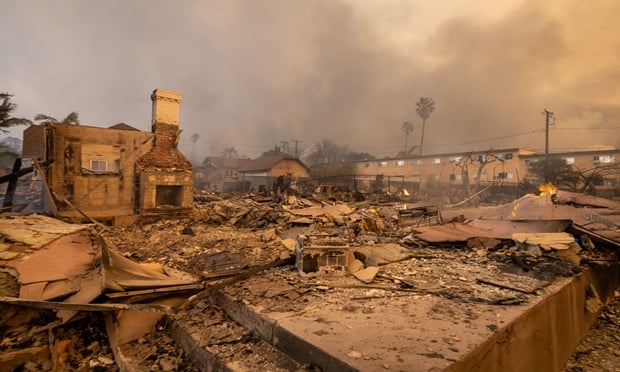Reinsurance rates in some lines were on the rise during the just completed Jan. 1 renewal season, fueled by a variety of factors–from higher catastrophe losses to the impact of the financial meltdown on investment income. But the hikes were by no means unreasonable or seen as unexpectedly high, leading players in the field report.
One twist is that primary insurers, typically leading the way in pricing trends, have found that with balance sheets and pricing of primary business depressed, reinsurance is taking the point in this market turnaround, experts observed.
“What should have happened is that the primaries would be affected and that would filter up to reinsurers,” explained John Daum, executive director for Lockton International, in its newly opened U.S. reinsurance office, based in New York.
Recommended For You
Want to continue reading?
Become a Free PropertyCasualty360 Digital Reader
Your access to unlimited PropertyCasualty360 content isn’t changing.
Once you are an ALM digital member, you’ll receive:
- Breaking insurance news and analysis, on-site and via our newsletters and custom alerts
- Weekly Insurance Speak podcast featuring exclusive interviews with industry leaders
- Educational webcasts, white papers, and ebooks from industry thought leaders
- Critical converage of the employee benefits and financial advisory markets on our other ALM sites, BenefitsPRO and ThinkAdvisor
Already have an account? Sign In Now
© 2025 ALM Global, LLC, All Rights Reserved. Request academic re-use from www.copyright.com. All other uses, submit a request to [email protected]. For more information visit Asset & Logo Licensing.








